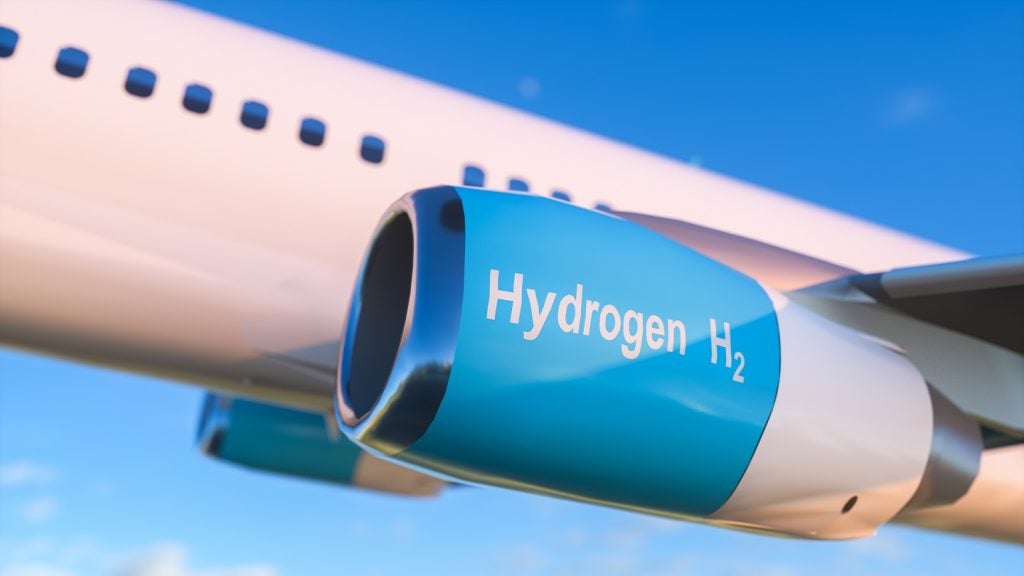American aerospace, defence and security company Lockheed Martin has secured a $344m contract from the US Federal Aviation Administration (FAA) to develop and deploy a new NextGen technology for facilitated aircraft movement at an airport.
The new technology will enhance the efficiency of both departures and arrivals, as well as the ground movement of airplanes.
NextGen will not only help save time for the passengers but also reduce the impact of flights on the environment by loweing both carbon emissions and noise levels.
Under the terms of the deal, Terminal Flight Data Manager (TFDM) will take over the paper flight strips currently used by the air traffic controllers at most airports.
By using TFDM, the air traffic controllers will be able to share flight plans with electronic flight strips, facilitating faster and more informed tactical decisions.
The electronic strips will enhance work efficiency, which allows controllers to easily manage traffic volume changes, bad weather and other evolving situations.
How well do you really know your competitors?
Access the most comprehensive Company Profiles on the market, powered by GlobalData. Save hours of research. Gain competitive edge.

Thank you!
Your download email will arrive shortly
Not ready to buy yet? Download a free sample
We are confident about the unique quality of our Company Profiles. However, we want you to make the most beneficial decision for your business, so we offer a free sample that you can download by submitting the below form
By GlobalDataUsing TFDM will also enable the digital flight plans, which are used to estimate arrivals, routings, gate push-backs, departures and overall airport demand, to be shared in real-time among air traffic controllers, aircraft operators and airports.
This will help the airports better handle more than 40,000 flights every day.
The shared awareness of airplanes on the ground and in the air will also allow arrivals, departures and surface flow to be handled more effectively, providing precise and predictive modelling tools to improve flight efficiency one gate to other.
TFDM also facilitates enhanced aircraft traffic flow on the ground, which optimises airport efficiency, reduced taxi-time delays, and improved safety through a rise in controllers’ heads-up time.







